Why is human culture—the shared body of knowledge passed down across generations—so much more powerful than animal cultures?



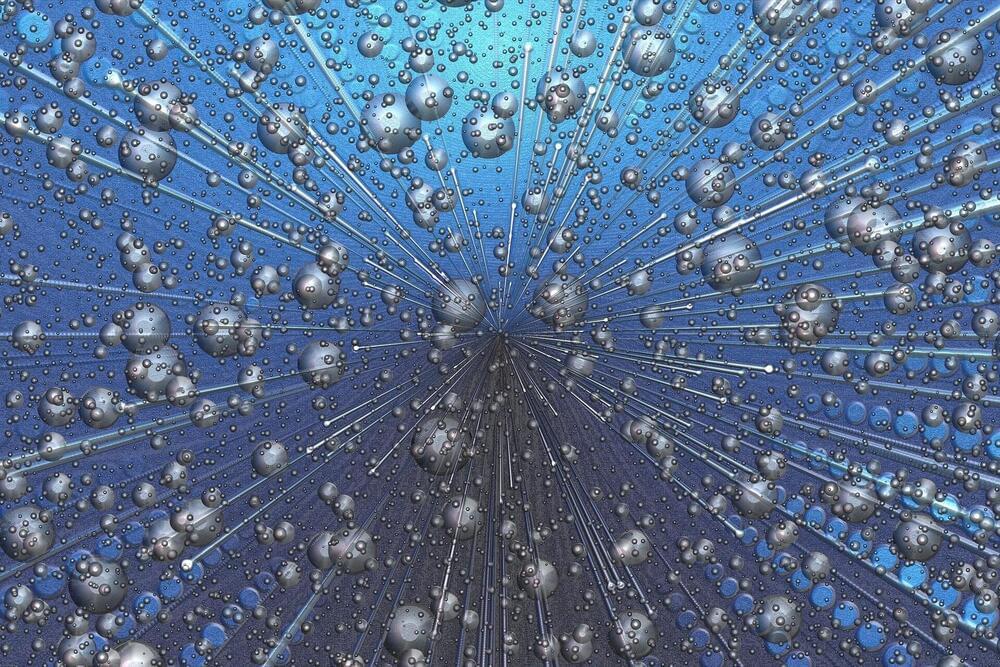
The theory of special relativity is rife with counterintuitive and surprising effects, the most famous of which are length contraction and time dilation. If an object travels at a relative speed, which is a non-negligible fraction of the speed of light, with respect to an observer, the length of the object in the travel direction will appear shorter to the observer than it actually is in the object’s rest frame.
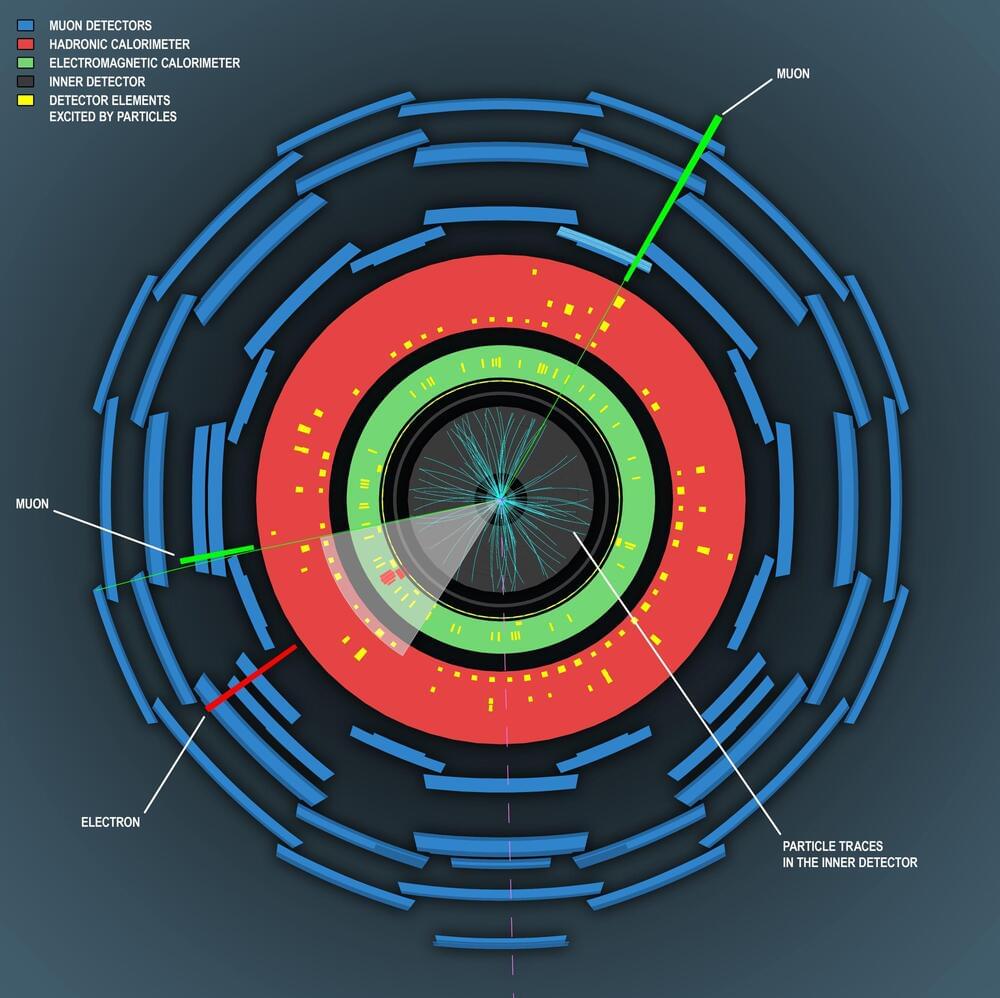
Since the launch of the Large Hadron Collider, there has been ongoing research there into Higgs bosons and a search for traces of physics beyond the existing model of elementary particles. Scientists working at the ATLAS detector have combined both goals: with the latest analysis it has been possible to expand our knowledge of the interactions of Higgs bosons with each other, and stronger constraints on the phenomena of “new physics” have been found.

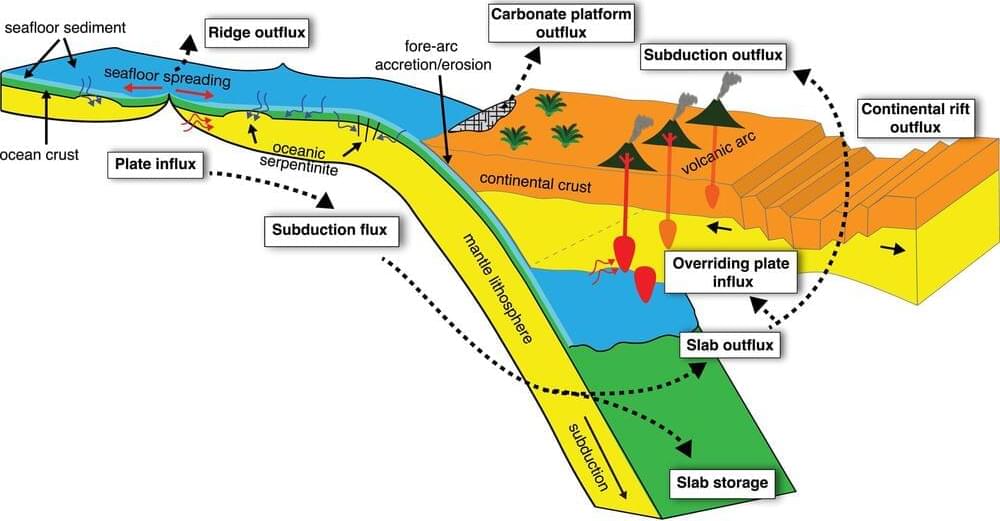
From time to time, when Earth’s tectonic plates shift, the planet emits a long, slow belch of carbon dioxide. In a new modeling study published in Geochemistry, Geophysics, Geosystems, R. Dietmar Müller and colleagues show how this gas released from deep Earth may have affected the climate over the past billion years.

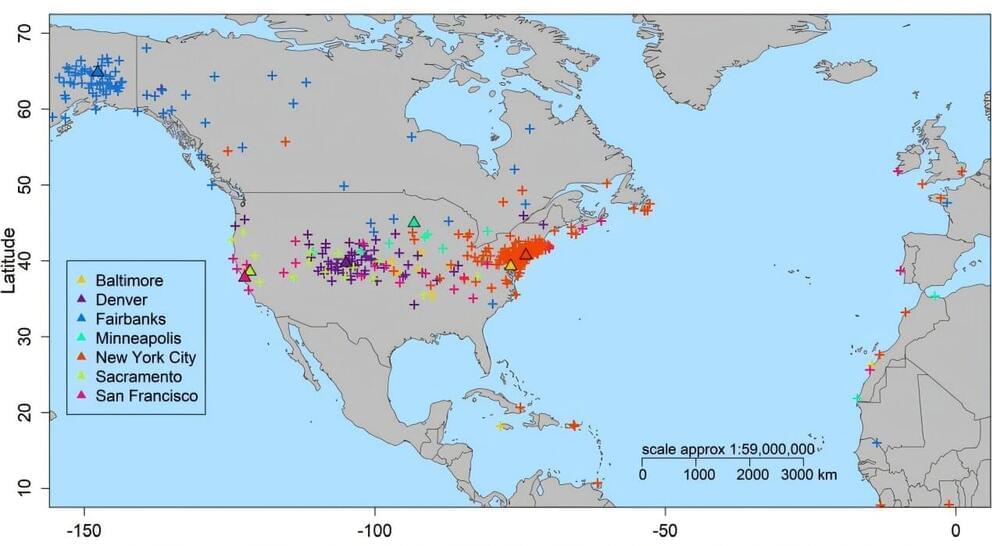

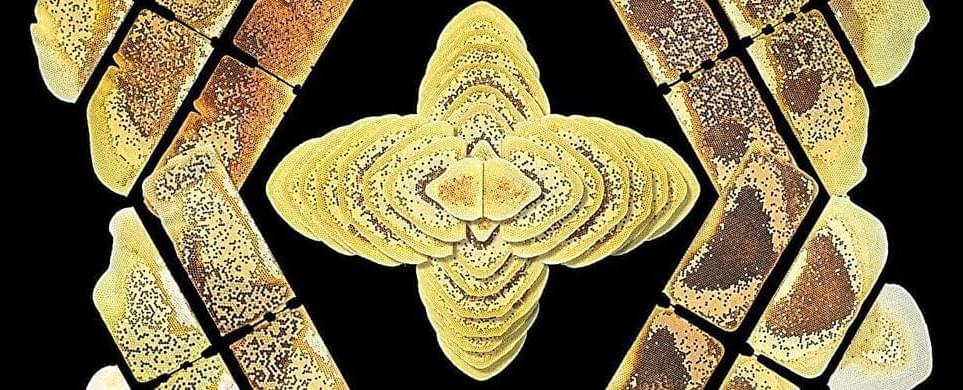
Mirroring the mechanisms that make human faces and bodies—and those of many multicellular organisms—symmetrical, bee colonies build symmetrical nests when they are placed on either side of a double-sided comb. The finding, published in Current Biology, extends examples of symmetry in biology to the behavior of communities and the architectural structures that they build.